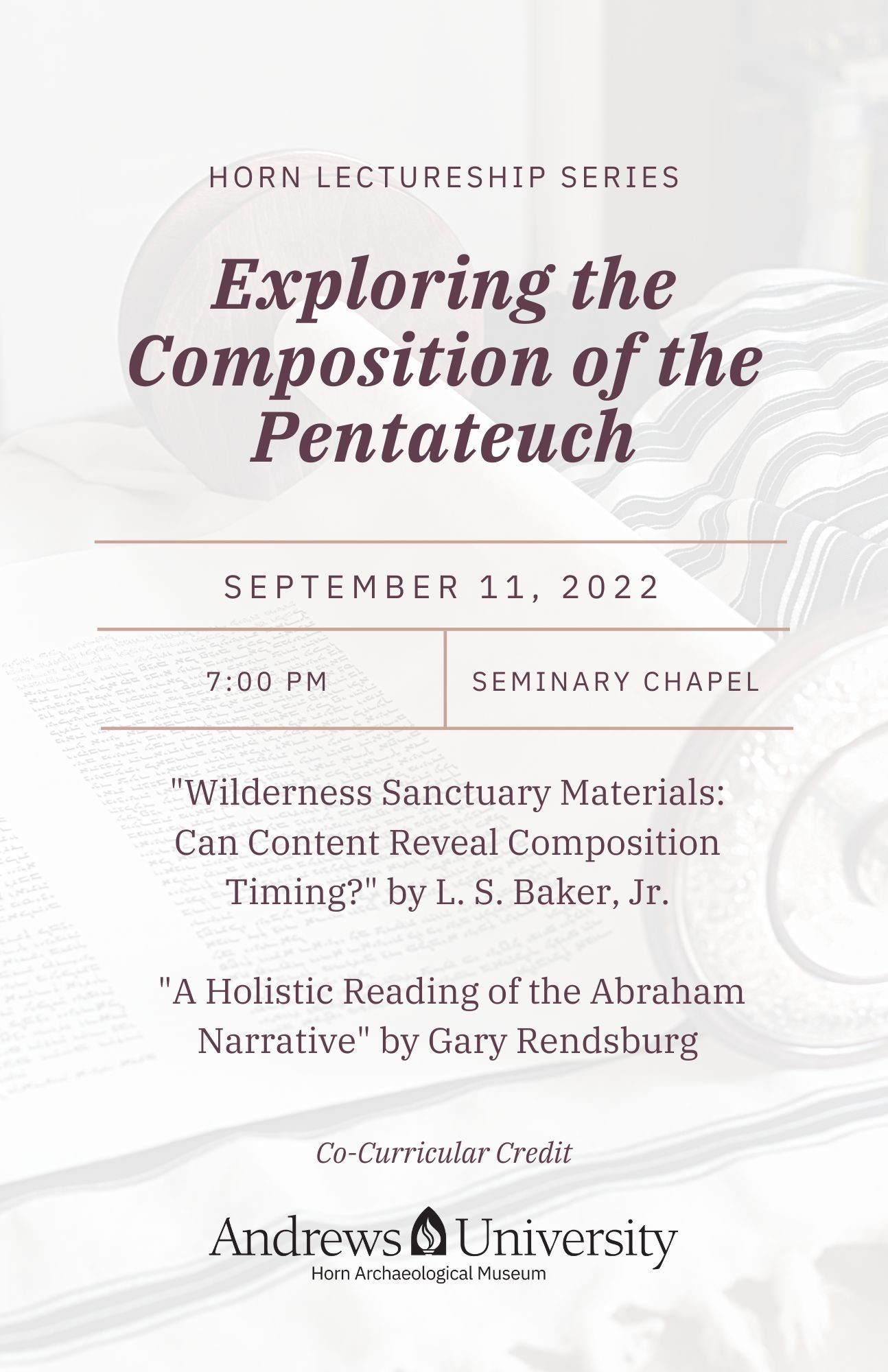You Shall Not Boil a Young Goat in its Mother’s Milk: A Rhetorical Analysis of the Short Legal Statement within Its Context
Presenter Status
Director, Shalom Learning Center
Location
Seminary Chapel
Start Date
4-4-2016 8:30 AM
End Date
4-4-2016 9:00 AM
Session
Cultic Laws and Alleged Priestly Sources
Presentation Abstract
This paper proposes an explanation of the purpose of one short commandment, which occurs twice in the Torah, in the book of Exodus 23:19 and in the book of Deuteronomy 14:21. Three traditional interpretations of the reason behind this commandment are popular among the scholarship: dietary, ethical and ritual. First one, being the oldest coming from the time of the early Judaism, uses this text as a basis for one of the key components for the rabbinic dietary system, in which mixing milk and meat is forbidden. The second interpretation is popular among the modern commentators. It presents the idea that this law prohibits animal cruelty and promotes empathy. The third interpretation understands this commandment as a prohibition against certain pagan ritual, which existed in the ancient Canaan.
However, especially last two interpretations are based solely on the external historical cultural context and do not take into account the composition of the larger context of the Torah passage where the law of the young goat is found as well as the literary structure of the immediate context of the commandment. On the other hand a traditional Jewish interpretation of the passage implicitly takes the immediate context of the verse into consideration.
Our paper focuses on the detailed analysis of the investigated Torah commandment in its context. The goal of the investigation is to determine the rhetorical structures of the immediate context in which the text in question appears in the book of Exodus and the book of Deuteronomy. This allows to determine whether or not the law in question is a stand-alone commandment or has logical connection with other laws found in the chapter. If the second is true, then the law about the young goat should not be viewed as a separate injunction but rather as a part of a larger legislation and, therefore, must be interpreted in accordance with its immediate context. Consequently, the analysis of rhetorical structure of two passages where the law in question occurs will help to answer decide whether or not its occurrence in two different books of the Torah has any significance or presents a mere coincidence.
Biographical Sketch
Alexander Bolotnikov, PhD in Rabbinic Literature and History of Biblical Interpretation from Hebrew Union College-Jewish Institute of Religion, Cincinnati. Currently teaches Old Testament and Hermeneutics in Zaoksky Theological Seminary, Russia. Director of the Shalom Learning Center of North American Division.
You Shall Not Boil a Young Goat in its Mother’s Milk: A Rhetorical Analysis of the Short Legal Statement within Its Context
Seminary Chapel
This paper proposes an explanation of the purpose of one short commandment, which occurs twice in the Torah, in the book of Exodus 23:19 and in the book of Deuteronomy 14:21. Three traditional interpretations of the reason behind this commandment are popular among the scholarship: dietary, ethical and ritual. First one, being the oldest coming from the time of the early Judaism, uses this text as a basis for one of the key components for the rabbinic dietary system, in which mixing milk and meat is forbidden. The second interpretation is popular among the modern commentators. It presents the idea that this law prohibits animal cruelty and promotes empathy. The third interpretation understands this commandment as a prohibition against certain pagan ritual, which existed in the ancient Canaan.
However, especially last two interpretations are based solely on the external historical cultural context and do not take into account the composition of the larger context of the Torah passage where the law of the young goat is found as well as the literary structure of the immediate context of the commandment. On the other hand a traditional Jewish interpretation of the passage implicitly takes the immediate context of the verse into consideration.
Our paper focuses on the detailed analysis of the investigated Torah commandment in its context. The goal of the investigation is to determine the rhetorical structures of the immediate context in which the text in question appears in the book of Exodus and the book of Deuteronomy. This allows to determine whether or not the law in question is a stand-alone commandment or has logical connection with other laws found in the chapter. If the second is true, then the law about the young goat should not be viewed as a separate injunction but rather as a part of a larger legislation and, therefore, must be interpreted in accordance with its immediate context. Consequently, the analysis of rhetorical structure of two passages where the law in question occurs will help to answer decide whether or not its occurrence in two different books of the Torah has any significance or presents a mere coincidence.




Images